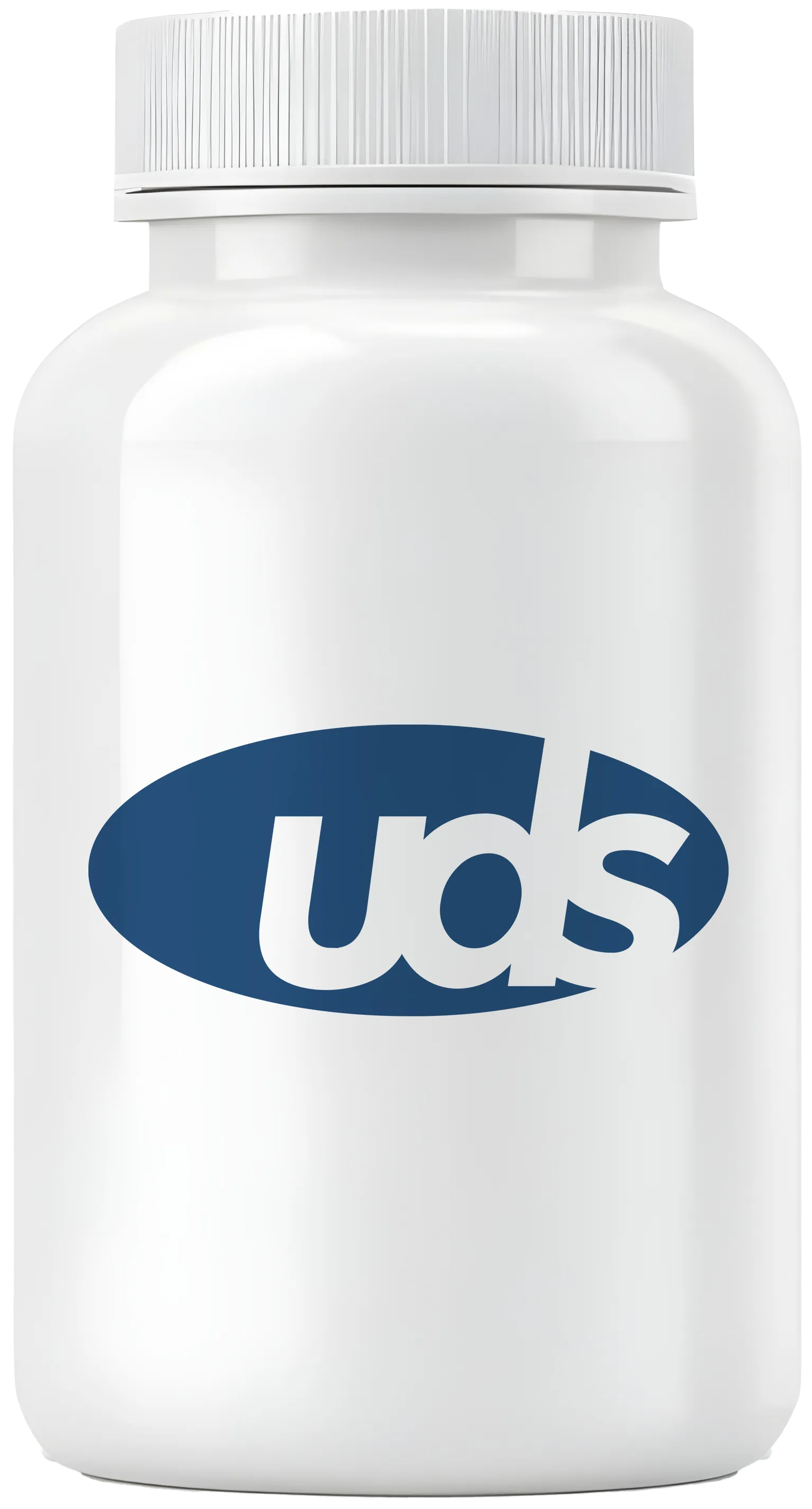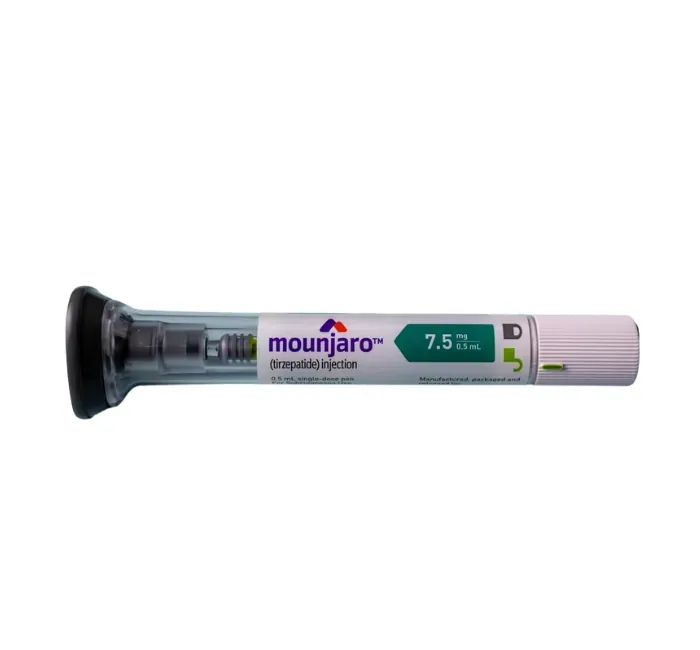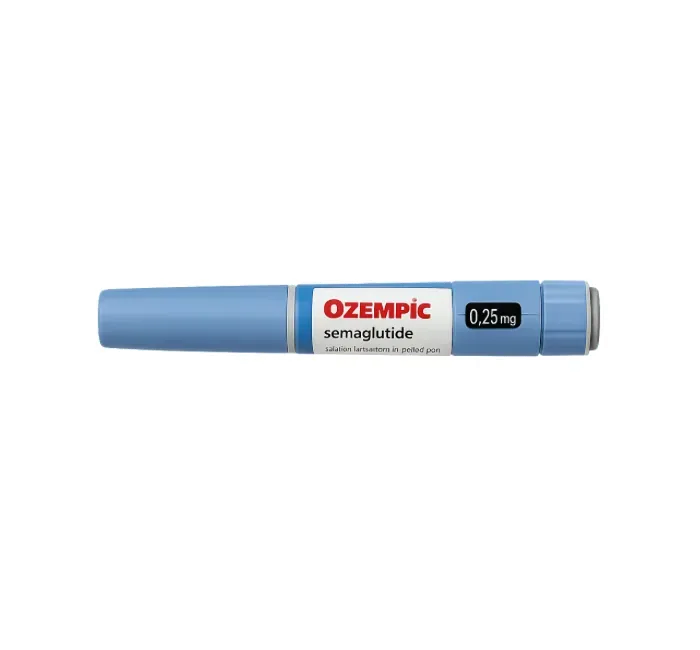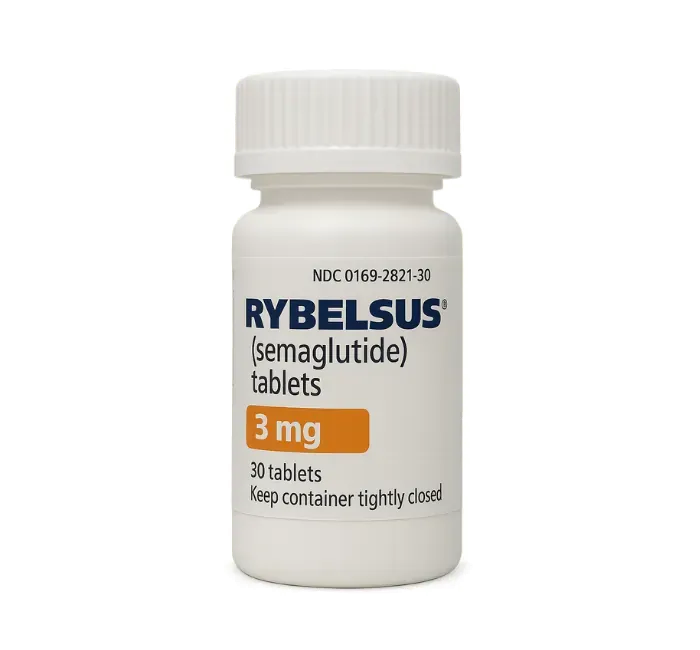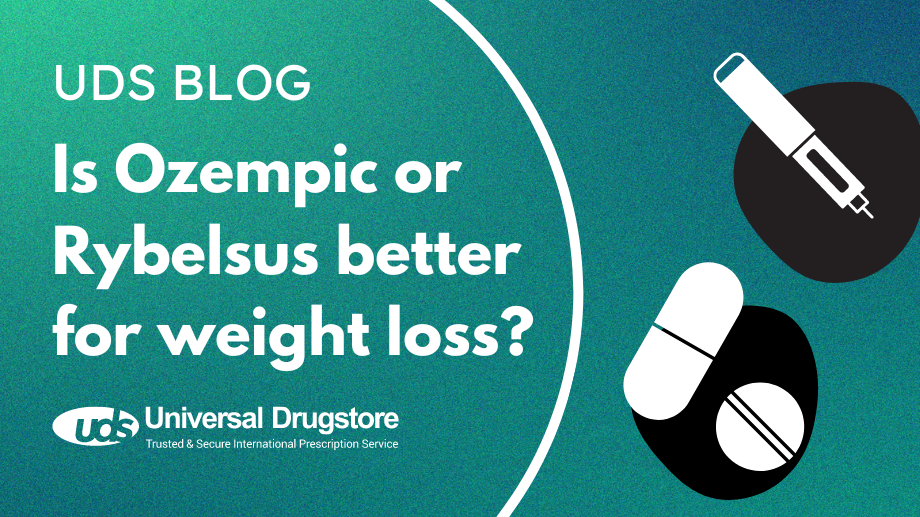Is Ozempic or Rybelsus better for weight loss?
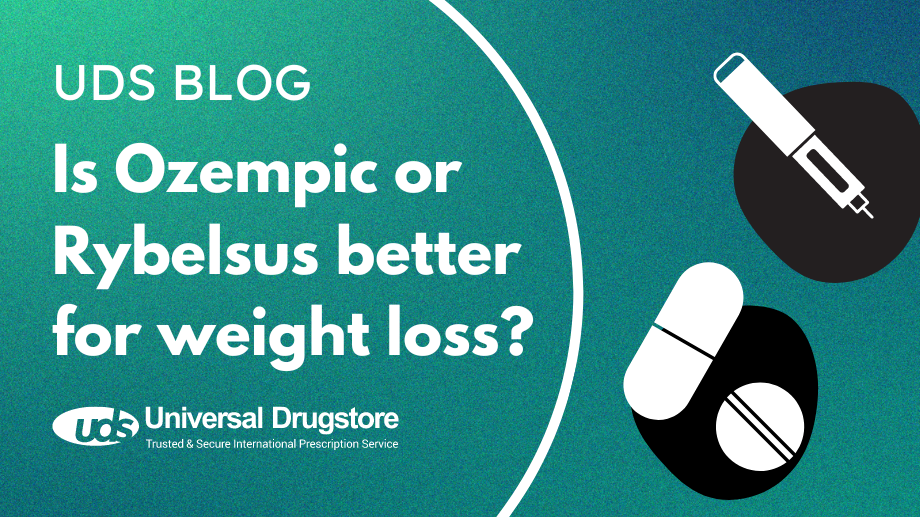
Because of increased marketing and extensive social media coverage, people are becoming interested in a class of prescription medications known as glucagon-like peptide-1 (GLP-1) agonists that help you lower your blood sugar levels and lose weight.
Two diabetes drugs from Novo Nordisk in this group that contain the same active ingredient, semaglutide, are Ozempic and Rybelsus. This can make it hard to know which medication might be right for you. Despite their similarities, Rybelsus and Ozempic have several differences, particularly their dosage form, how they are given, and how often you take them. Ozempic is a once-weekly injectable medication that is given under the skin (subcutaneous) of your stomach, thigh, or upper arm. While it is typically used to help improve blood sugar levels in people with type 2 diabetes (T2DM), it can also be used to reduce the risk of heart attack and stroke in people with T2DM and heart disease. Rybelsus is a once-daily oral medication that is used to control blood glucose levels in adults with T2DM. It is not indicated to reduce your risk of heart attack and stroke.
Rybelsus
There were several studies that showed weight loss in people taking Rybelsus. In the PIONEER 2 study, people taking 14 mg a day lost an average of 8.4 lb after 26 weeks when Rybelsus was added to metformin. In the PIONEER 3 study, those taking 7 mg a day of Rybelsus lost on average 4.8 lb while people taking 14 mg a day lost 6.8 lb after 26 weeks. Participants in the PIONEER 4 study saw even greater weight loss. Those taking 14 mg a day of Rybelsus lost an average of almost 10 lb after 26 weeks. People taking a placebo only lost 1.1 lb.
A new study looked at a higher dose of oral semaglutide and its results were similar to the injectable weight loss medication Wegovy. In the OASIS 1 trial that lasted 68 weeks, adults took either oral semaglutide 50 mg or a placebo. The participants who took oral semaglutide lost an average of approximately 17% of their starting body weight. This was similar to the findings from the largest Wegovy trial, which saw around a 15% average weight loss. Because of these results, Novo Nordisk is going to request FDA approval for this indication in 2023. If the FDA approves it, it will most likely be marketed under a different brand name.
Ozempic
According to the drug manufacturer’s website, they looked at 2 clinical studies in adults with type 2 diabetes (T2DM) and found significant weight loss occurred. One study showed that people taking 0.5 mg once weekly of Ozempic lost an average of 8 lb while those taking 1 mg once weekly lost an average of 10 lb. In another study, a 1 mg dose a week of Ozempic led to a 12 lb weight loss average while people taking 2 mg once weekly lost an average of 14 lb.
There was another analysis of over 23,000 eligible people who had received at least one prescription for weekly semaglutide injections (0.25 mg, 0.5 mg, and 1 mg) between August 2019 and December 2022. Six months after starting treatment, patients reduced their body weight by 4.7 kg (10.3 lb). Among the people who started treatment at least two years prior to the end of the study and consistently took Ozempic, their body weight was reduced by 6.0 kg (13.2 lb) after 24 months and 5.8 kg (12.8 lb) after 36 months.
It should be noted that in these studies for both Rybelsus and Ozempic, participants also ate a healthy diet and exercised regularly.
FAQs about Ozempic and Rybelsus
What does Ozempic treat?
Ozempic is a once-weekly subcutaneous injection that is approved by the U.S. Food and Drug Administration (FDA) along with diet and exercise to lower blood sugar levels in people with T2DM. It is also indicated to lower your risk of heart attack and stroke if you have T2DM and heart disease. Ozempic is sometimes used off-label for weight management in the treatment of obesity. It should not be used to treat type 1 diabetes (T1DM).
What does Rybelsus treat?
Rybelsus is an oral tablet that is FDA-approved along with diet and exercise to improve blood sugar levels in adults with T2DM. It is also used off-label as a weight loss medication. Rybelsus should not be used to treat T1DM.
How do Rybelsus and Ozempic work?
Ozempic and Rybelsus belong to a drug class known as GLP-1 receptor agonists. Once they bind to the GLP-1 receptor, they cause your pancreas to release more insulin while blocking the secretion of sugar from your liver. This helps improve blood sugar control if you have T2DM. Ozempic and Rybelsus will also slow down how quickly food leaves your stomach. This helps you feel fuller faster, eat less, and can lead to weight loss.
What are the doses of Rybelsus and Ozempic?
Rybelsus
The typical starting dose of Rybelsus is 3 mg once a day for 30 days. This low dose is not effective at lowering your blood sugar and is used to help reduce your risk of gastrointestinal side effects. Your dose will be increased to 7 mg once a day after 30 days. If 7 mg once a day is not effective, it can be increased to 14 mg once a day after at least 30 days of taking this dose.
Shop Medications
Rybelsus is taken on an empty stomach at least 30 minutes before your first food, beverage, or other oral medications. You should swallow the Rybelsus tablet whole with a sip of plain water (no more than 4 ounces). Don’t crush, split, or chew the tablet.
Ozempic
Ozempic is a once-weekly injection given under the skin (subcutaneous) of your thigh, upper arm, or stomach.
The usual starting dose of Ozempic is 0.25 mg once weekly. This dose is not typically effective at lowering your blood sugar and is used to help reduce your risk of gastrointestinal side effects. After at least 4 weeks on this dose, it is increased to 0.5 mg once weekly. If you need further blood sugar control, your doctor can increase the dose up to a maximum of 2 mg once weekly.
What are the side effects of Ozempic and Rybelsus?
- Nausea
- Diarrhea
- Vomiting
- Decreased appetite
- Constipation
- Abdominal pain
Ozempic can also cause injection site reactions or discomfort. Because of this, you should rotate injection sites with each dose of Ozempic.
What are some serious side effects of Ozempic and Rybelsus?
- Allergic reactions
- Increased risk of MEN 2
- Thyroid tumors and MTC
- Pancreatitis
- Vision changes
- Hypoglycemia
- Gallbladder disease
- Kidney problems
What drug interactions are there with Rybelsus and Ozempic?
- Other diabetes medications such as metformin, insulin, or sulfonylureas
- Oral medications affected by gastric emptying
What warnings are there with Rybelsus and Ozempic?
GLP-1 agonists carry a Boxed Warning concerning the increased risk of thyroid tumors. Your healthcare provider should be aware of your medical history including:
- Pancreatitis
- Kidney problems
- Vision problems
- Pregnancy
- Breastfeeding
Should I take Rybelsus or Ozempic?
Both medications are effective in lowering your A1C and can help you lose weight. If you have difficulty with injections, Rybelsus may be the better choice. If you have heart disease, your healthcare provider may recommend Ozempic. Discuss your options with your healthcare provider.
Related Medications
- Wegovy (semaglutide)
- Mounjaro (tirzepatide)
- Saxenda (liraglutide)
- Victoza (liraglutide)
- Trulicity (dulaglutide)
